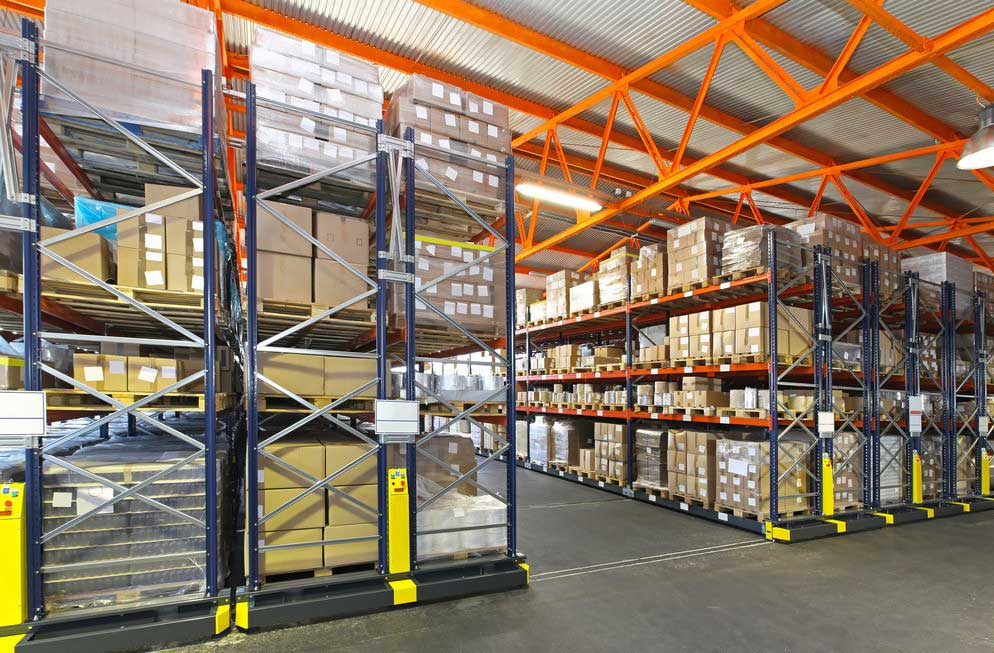
25 Sep Types of Payment Terms in the Food Supplement Industry What You Need to Know About B2B Payments.
The food supplement industry is a billion-dollar business that continues to grow each year. A large majority of sales occur between businesses, or B2B. When manufacturers do business with international customers, they typically agree upon specific payment terms. This will help you choose the option that is best for your company. In this blog post, we will discuss the different payment terms that are commonly used in the food supplement industry. We’ll also provide some tips on how to make B2B international payments smoothly and efficiently. Let’s get started!
Common types of b2b payment terms in B2B business are : Telegraphic transfer, letter of credits, paypal or credit card, Cash on delivery (COD) , OA .,etc

1. B2B payments : Bank account Telegraphic transfer
A telegraphic transfer, or wire transfers, is a electronic payments that are sent electronically from one bank account to another. This is the most common type of payment method in business-to-business transactions because it is secure and efficient. When sending a electronic transfer, the sender must provide the recipient’s bank with the necessary routing information.

This includes the recipient’s name, account number, accounts receivable and bank routing number . The sender’s bank will then use this information to send the money electronically to the recipient’s bank. The recipient will then be able to access the funds according to their bank’s policies. Telegraphic transfers are often used for large amounts of money, as they are secure and efficient. However, they can also be used for smaller transactions, such as online purchases.
b2b payments of this electronic payment methods are preferred payment method by manufacturers.

2. B2B payments : Letter of credits
A letter of credit ,a special payment types that are used to protect both businesses and buyers from the risk of default. This type of credit is often used in international transactions, as it provides a higher level of security than other methods of payment. When a letter of credit is issued, the issuing bank guarantees that the buyer will be able to pay the full amount of the invoice. A Letter of Credit is a written document issued by a bank with a conditional promise to pay. It guarantees that the draft and documents will be honored and paid when they are delivered in accordance with the terms of the Letter of Credit.

The Letter of Credit is issued by the issuing bank at the request of the issuing applicant, and it is a guarantee to the exporter that the draft and documents will be paid. The exporter should prepare the draft and documents in accordance with the requirements and instructions of the importer, and submit them to the issuing bank for payment. If the draft and documents are not in compliance with the terms of the Letter of Credit, the payment will be rejected. In order to avoid rejection, it is important to carefully review the requirements and instructions of the Letter of Credit before preparing the draft and documents.
Letters of credit are an important tool for businesses that operate in global markets, as they provide peace of mind and protect against potential financial losses.

3. B2B payments : PayPal or credit card payments method
PayPal and credit cards are both convenient and fast methods of digital payments that allow businesses to pay for goods and services online. PayPal is a popular choice for businesses because it is easy to set up and use, and there are no transaction fees. Credit cards are also a popular choice of online payments because they are widely accepted and offer the convenience of online shopping. Both methods of payment have their advantages and disadvantages, but overall they are both convenient and fast ways to pay for goods and services online.

4. B2B payments : Cash on delivery (COD)
Cash on delivery, or C.O.D., is a type of traditional payments in which the buyer pays for goods at the time of delivery instead of upfront. This payment option is popular among businesses that sell products through mail order or over the phone, as it allows the company to receive payment before incurring the cost of shipping the product. C.O.D. can also be used as a security measure, as it ensures that the buyer has the funds to pay for the purchase before it is shipped.
In some cases, businesses may require a C.O.D. payment for high-priced items or for orders being shipped to a new customer. To make a C.O.D. payment, the buyer typically leaves a check or cash with the delivering agent, who then brings it back to the company. Some companies also offer COD payments via credit card or electronic funds transfer (EFT).

5. B2B payments : Open account
Open account is a type of payment in which the buyer does not pay for the goods or services at the time of purchase, but instead agrees to pay at a later date. The terms of the payment are set between the buyer and seller, and may vary depending on the agreement. This type of payment is often used in business-to-business transactions, as it can help businesses manage their cash flow.
While open account can be a helpful payment option, it also carries some risk. Because the buyer does not pay for the goods upfront, they are relying on the credit of the seller. If the seller is unable to fulfill their obligation, the buyer may be left without the goods or services they need. As a result, businesses should carefully consider whether open account is right for them before entering into this type of agreement.
What is ACH payments (automated clearing house ) ?
Typically, ach transactions are payment service that controls and surpasses other electronic payment transactions. From a practical standpoint, you can become a merchant dealing with customers who pay for goods and services through paperless transactions in this automated clearing house network. In the banking industry, this is the financial institution that approves payment transactions. Typically, the ACH network uses two clearing houses; The Federal Reserve and the Clearing House, acting as intermediaries between all financial institutions using the ACH model.
For example, repaying a loan, or directly paying all employees on the payroll. Automatic bank drafts and transfers also use automated clearing house payments.
Among the many infinitely diverse transactions, ACH payments are considered flawless. ACH is more like an Electronic Funds Transfer (EFT) between one financial institution and another

There are a number of payment terms available to businesses for the purchase of products and services. The sort of payment that’s appropriate for a company will be determined by its requirements and goals. Businesses may pick the option that best meets their demands by knowing about the many types of payment alternatives.


